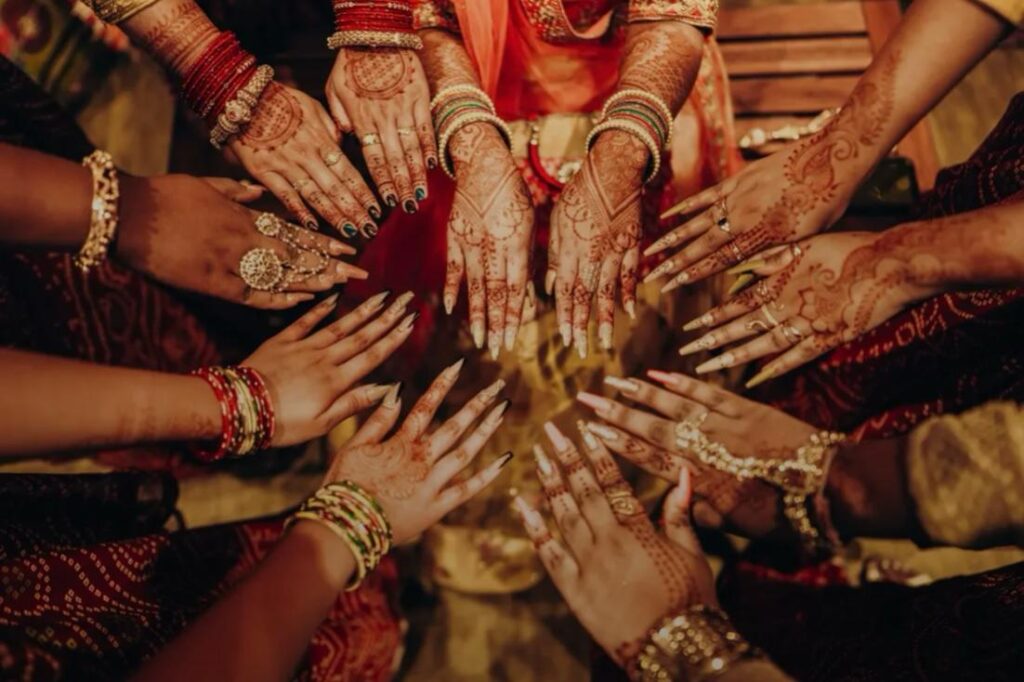
Introduction
Weddings are a vibrant celebration of love, culture, and tradition. Among the many rituals that make these festivities special, Mehndi (henna) holds a sacred place. From intricate designs symbolizing joy and prosperity to its deep-rooted cultural significance, Mehndi is more than just body art—it’s an integral part of wedding celebrations across India, the Middle East, Africa, and beyond.
In this blog, we explore:
✔ The cultural and historical significance of Mehndi
✔ Why it’s a must-have in weddings
✔ Symbolism behind Mehndi designs
✔ Modern trends keeping the tradition alive
1. Cultural & Historical Significance
Mehndi has been used for over 5,000 years, with origins traced back to ancient Egypt and India. It was believed to bring:
- Good luck & blessings for the bride and groom
- Protection from evil (considered an auspicious ritual)
- A symbol of love & bonding (the darker the Mehndi stain, the stronger the love)
In Indian weddings, the Mehndi ceremony (Mehndi Ki Raat) is a pre-wedding event filled with music, dance, and joyful gatherings where the bride’s hands and feet are adorned with beautiful henna designs.
2. Why Mehndi is a Wedding Must-Have
A Sacred Ritual for the Bride
- The bride’s Mehndi is believed to bring prosperity and fertility in marriage.
- The groom’s name is often hidden in the design, and he must find it—a playful tradition symbolizing love and connection.
A Celebration of Femininity & Beauty
- Mehndi enhances the bride’s elegance, complementing her bridal attire.
- The cooling effect of henna soothes nerves before the big day.
A Social & Festive Gathering
- The Mehndi ceremony is a fun-filled event with family and friends singing, dancing, and applying henna.
- It strengthens bonds and marks the beginning of wedding festivities.
3. Symbolism in Mehndi Designs
Every Mehndi pattern tells a story:
- Peacocks & Flowers: Beauty, grace, and happiness.
- Paisleys & Swirls: Fertility and good fortune.
- Birds & Vines: Love, freedom, and growth.
- Hidden Groom’s Name: A romantic tradition.
Modern brides often customize designs with personal motifs, initials, or symbols representing their journey.
4. Modern Mehndi Trends Keeping Tradition Alive
While Mehndi remains deeply traditional, contemporary trends are evolving:
- White & Glitter Mehndi : For a bold, unconventional look
- Stone & Jewel Embellishments : Adding glam to classic henna
- Fusion Styles : Blending Arabic, Indian, and Moroccan patterns
Yet, no matter the style, the essence of Mehndi—love, luck, and celebration—remains unchanged.
Conclusion: Mehndi is More Than Just Decoration
Mehndi is a bridge between tradition and celebration, weaving love, art, and culture into wedding festivities. Whether through ancient symbolism or modern designs, it continues to be a cherished ritual that enhances the beauty and joy of marriage

